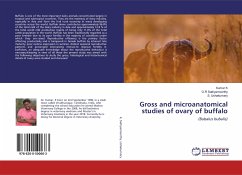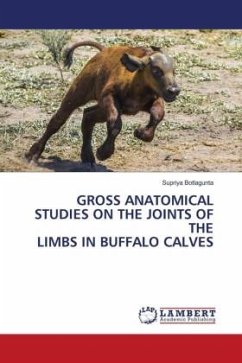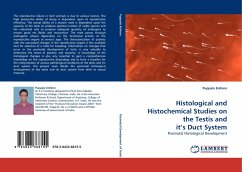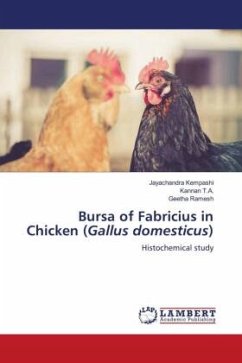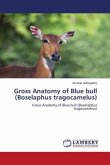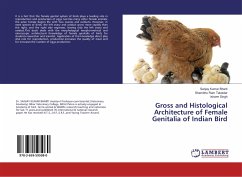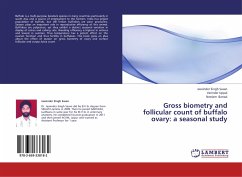Scientific rearing of guinea fowl is gaining importance in the recent years. In India, quite for a long period, they were reared as ornamental and backyard avian species. Intensive rearing of guinea fowl is likely to accelerate, as the potential of this species to grow as a source of meat is in interest of the World poultry industry. After hatch, the source for nutrients shifts from the yolk sac to the feed the bird eats and digest. Stomach plays an important role in digestion and therefore absorption, growth and weight gain. Anatomy of the stomach in birds varies considerably and seems to be determined mainly by their diet. This study, therefore, aims to report on the structure (gross, histology and histochemistry) of the proventriculus and Gizzard in Guinea fowl and to correlate the structure associated functional processes and mechanisms of digestion in this species. This study in future will help researchers in other areas to engineer this fowl as an economically important meat species.
Bitte wählen Sie Ihr Anliegen aus.
Rechnungen
Retourenschein anfordern
Bestellstatus
Storno



